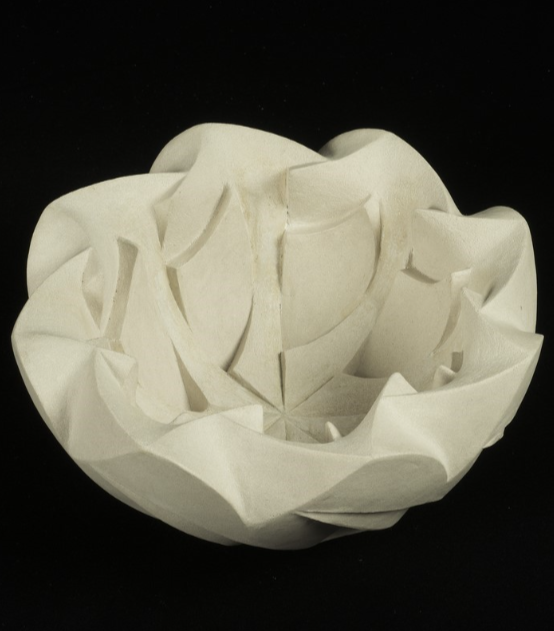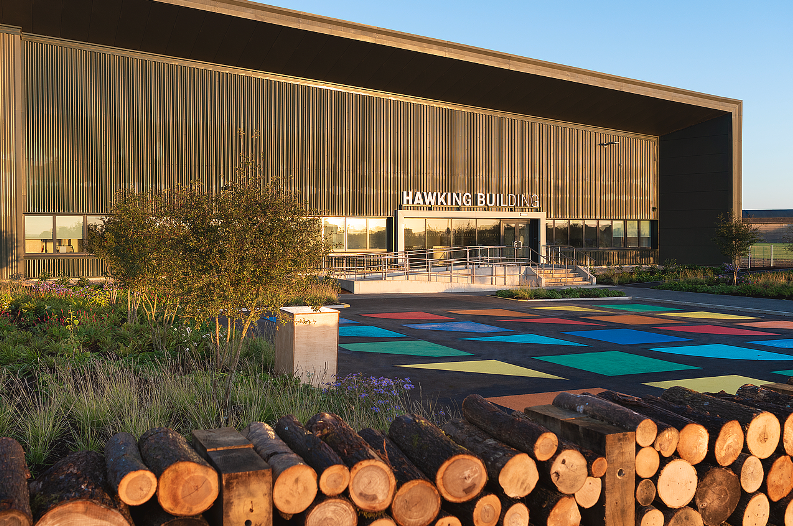Science Museum Group Journal | View in browser
Birthday Issue coming soon!
As the Science Museum Group Journal approaches its 10th birthday, readers can anticipate an issue that reflects on the first decade of the Journal, while keeping an eye on the future. Here is a quick look at the articles in the upcoming Birthday Issue:
- Paul Craddock and Anna Harris investigate the tracing of embodied knowledge in historical medical film, extending the prospect of film as a serious—and indeed necessary—research method. The accompanying film will be available for viewing on the Journal website.
- Christine Ferguson considers the role of working-class young women in early twentieth-century British photographic history through an object biography of the cameras involved in the Cottingley Fairy scandal of 1920.
- Geoff Belknapp et al present a reflection on Communities and Crowds, an AHRC-funded participative digitisation project. The article includes a downloadable toolkit made for community volunteers working on digital research projects.
The December issue also explores themes in photographic curatorship for the ‘non-art’ museum with a contribution by Elizabeth Edwards, Costanza Caraffa, and Ruth Quinn, as well as an experiment in the future of innovative ejournal practices by Tim Boon and an editorial from Science Museum Group Director Sir Ian Blatchford on the relationship of the Journal to the broader work of the Science Museum over the last decade. The Birthday Issue will be rounded off with a multi-authored review of significant books exhibitions, and digital innovations of the past decade.

Do you have a paper to publish?
We are currently accepting papers for the autumn 2025 open issue of the Journal. The Journal publishes work on the history and communication of science, medicine, and technology, written by academics, curators, and independent scholars across the world. Writing that examines the history or role of science museums through object studies or material culture is encouraged. We are likewise interested in writing that considers central questions in museum practice, such as decolonisation and diversity. Writers who engage with multimedia practice are also encouraged, as the Journal is developing new and innovative ways of displaying multimedia research. If you have any questions about submissions, please contact us.
The Journal welcomes a new member of staff – Lyz Bush-Peel – who joins us as Digital Research and Communications Fellow. Lyz will be helping to produce the Journal, as well as working on other digital projects within the Research Department. She will be the main point of contact for enquiries about the Journal.
Research & Public History News
Unveiling of the Hawking Building
On Friday October 11, the Science Museum Group unveiled its newly-named collections management facility, the Hawking Building. Named for the late Stephen Hawking's contributions to science and for his relationship with the Science Museum Group throughout his career, the building is home to over 300,000 objects of scientific and historical interest.
The unveiling of this new facility is a boon to researchers not only at home but also abroad, as many of the Hawking Building collections have been simultaneously digitised for public access and international scholarly research. Access to the digital archives, including a digital rendering of the Hawking Building's freestanding grid of historic vehicles, is available online.
The Hawking Building is located at the Science and Innovation Park in Wiltshire and is available for public guided tour access. The story of the acquisition of the artefacts making up Stephen Hawking’s office by the Science Museum and his archive by the Cambridge University Library are told in a collection of papers in Issue 21 of the Journal.
Midlands4Cities Collaborative Doctoral Awards
Midlands4Cities has launched its 2025-2026 CDAs (Collaborative Doctoral Awards) recruitment round for PhD researchers interested in areas with relevance to cultural, historical, and creative studies. These CDAs form a partnership between Midlands academics and external organizations including art galleries, national parks, and cultural associations. Projects are intended to simultaneously hone academic research skills and to support learning in environments beyond the university.
Available projects this year include, but are not limited to: "Collecting Contemporary Art for the Nation: Building the Arts Council Collection, 1950-1989", "Decolonising and Digitising the Royal Shakespeare Collection", "Digital Approaches to Medieval Chant and Local Religious Heritage", and "South Asian Dance as a Lens to Investigate Urgent Contemporary Narratives". Applications for these CDAs are open through 13 January 2025. More information is available on the M4C website.
The Annual Report for the Science Museum Group was released in October, and is available for online reading.
Upcoming research events
Amulets conference
Amulets, an international society of researchers considering the historical role and contemporary purpose of amulets, will be hosting a free online conference for interested parties in November. The conference calls on attendees to consider interdisciplinary connections regarding the history of amulets, from film and anthropology to environmental concerns. Science Museum Research Fellow Dr. Diane Heath will be presenting at the conference. Her paper is on the history of healing amulets, including apotropaic and prophylactic objects and in particular the thirteenth-century Canterbury Amulet. She will consider alongside this analysis the role of material culture in contemporary mental health practices.
Location: Online
Date: 15-16 November 2024
Keep up to date with all the latest research news, events and Science Museum Group Journal articles by following us on X (formerly Twitter): @SMGresearch






